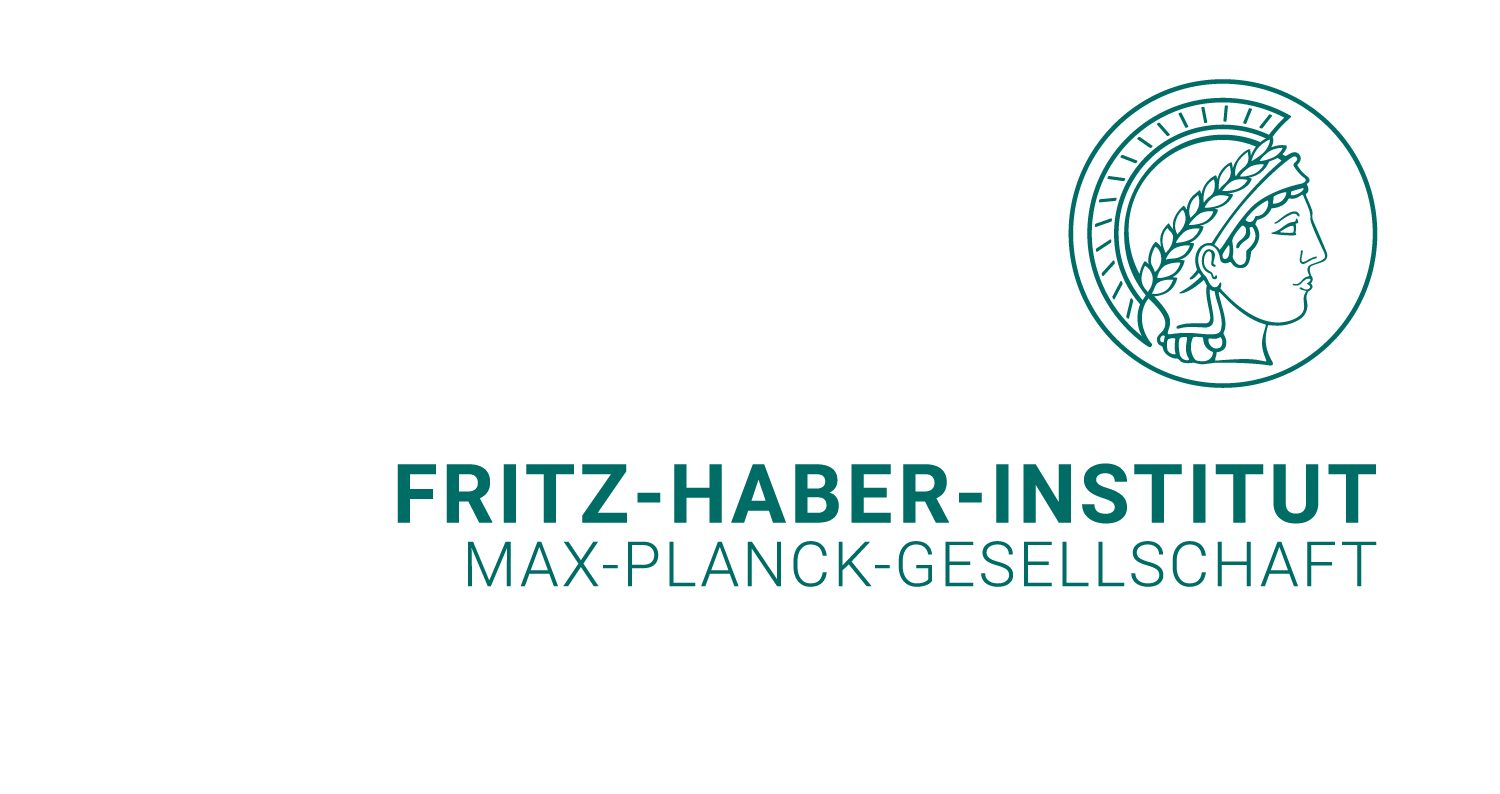Exploring defects and meta-stabilities combining ab initio approaches and artificial intelligence
Wahib Aggoune
Open Positions
Understanding and Discovering Novel Memristor Materials
Memristor (memory resistor) is a non-volatile resistive switch (RS) where the resistivity of the material can be programmed and switched between high a resistive state (HRS) and low resistive state (LRS) upon applying a voltage [1]. These type of materials offer multiple advantages in terms of performance including relatively low switching voltages (lower power consumption), simplify circuit design, and increase the scalability of memory and computation hardware, paving the way for edge computing applications [2].
Electronic mechanisms based on migration of anions/cations have been evidenced as the origin of the resistive switching, allowing a formation/breaking of conductive filaments through the insulator material [3]. Although this type of mechanism shows excellent on/off ratios (resistances at HRS/LRS) and retention times and are already developing into commercial products, the stochastic nature of filaments is highly undesirable. To overcome this challenge, one needs to find new materials in which the RS results from controllable phenomena such as ferroelectric switching. Another limitation of current memristors is related to high leakage currents when scaling down their dimensions [4]. Recently, the RS property was observed in some 2D materials, paving the way to develop novel memristors with extremely small size (atomristor) [5, 6].
Our goal is to understand the macroscopic mechanism behind the RS in different classes of materials, and boost the discovery of novel candidates to overcome the emerging limitations. We target different materials such as ferroelectrics, defected paraelectrics, their alloys, as well as 2D materials. To search and speedup the materials discovery, we benefit from a systematic linkage of first-principles approaches and recent, successful artificial intelligence (AI) methods [7, 8]. Ab initio approaches will be used to provide important materials characteristics and features. Then, the SISSO method [7,8], which is a combination of symbolic regression and compressed sensing, will be used to learn a predictive model (see the work [9] as an example) of the RS as it is less data-intensive and (better) interpretable than traditional AI methods.
Overall, being a part of such developments not only provide the chance to speed the discovery of promising materials, but also gives the opportunity to learn and develop new research techniques combining first-principles and AI methods. These projects done in close contact and collaboration with leading experimental groups.
For further information, please visit our group webpage or please contact aggoune@fhi-berlin.mpg.de.
Here you can find the general job offer.
References:
[1] Chua, L. Memristor-the missing circuit element. IEEE Transactions on Circuit Theory 18, 507–519 (1971).
[2] Akinwande, D. Memory, memristors, and atomristors. IEEE Micro 38, 50–52 (2018).
[3] Kim, S., Choi, S. & Lu, W. Comprehensive physical model of dynamic resistive switching in an oxide memristor. ACS Nano 8, 2369 (2014).
[4] Papadopoulos, S. et al. Ion migration in monolayer MoS2 memristors. Phys. Rev. Appl. 18, 014018 (2022).
[5] Ge, R. et al. Atomristor: Nonvolatile resistance switching in atomic sheets of transition metal dichalcogenides. Nano Lett. 18, 434 (2018).
[6] Ge, R. et al. A library of atomically thin 2D materials featuring the conductive-point resistive switching phenomenon. Adv. Mater. 33, 2007792 (2021).
[7] Ouyang, R., Curtarolo, S., Ahmetcik, E., Scheffler, M. & Ghiringhelli, L. M. SISSO: A compressed-sensing method for identifying the best low-dimensional descriptor in an immensity of offered candidates. Phys. Rev. Mater. 2, 083802 (2018).
[8] Purcell, T. A. R., Scheffler, M. & Ghiringhelli, L. M. Recent advances in the SISSO method and their implementation in the SISSO++ code (2023). arXiv:2305.01242.
[9] Bartel, C. J. et al. New tolerance factor to predict the stability of perovskite oxides and halides. Sci. Adv. 5, eaav0693 (2019).

